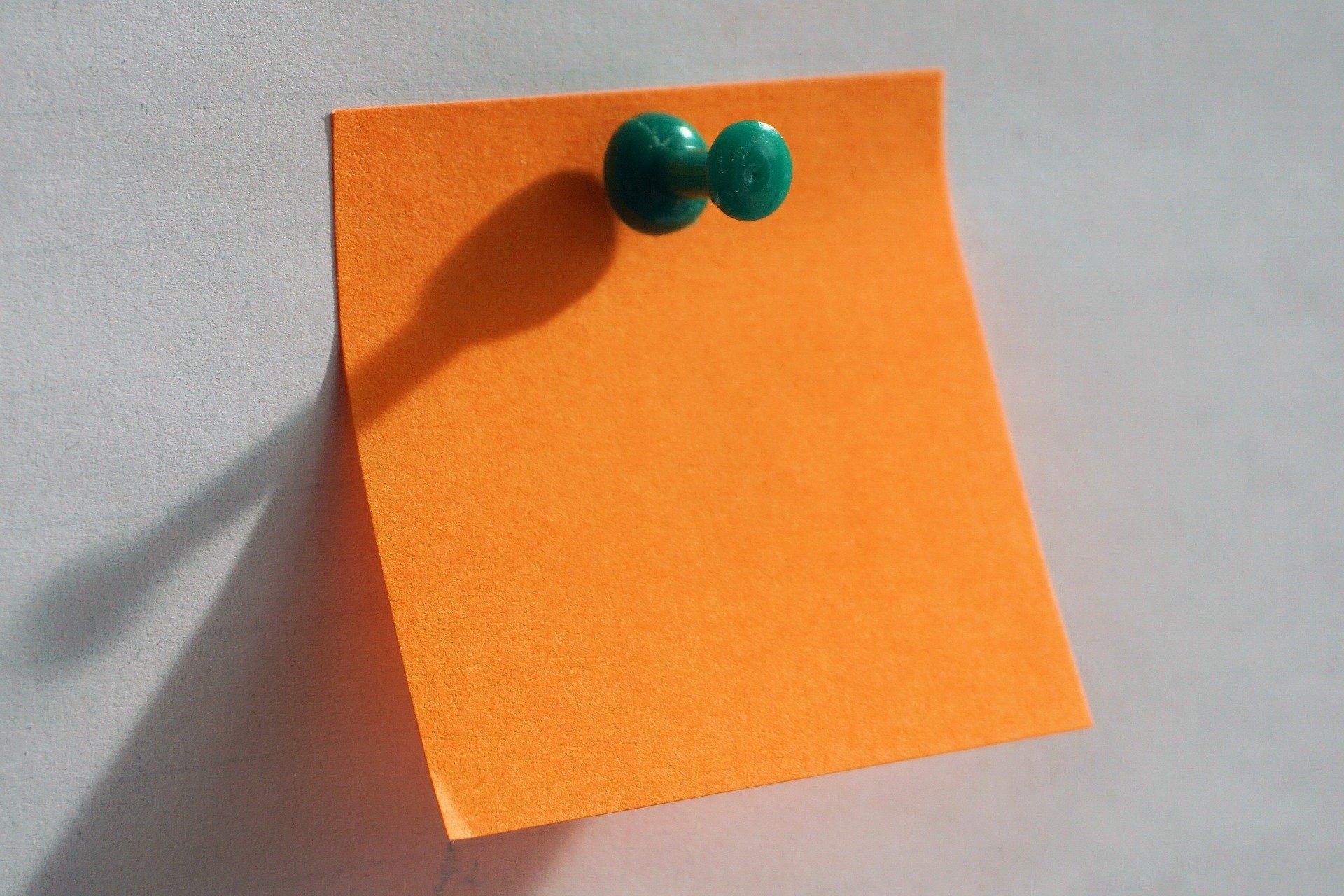The Three Tiers of Goals Needed for Success
Outcome, proficiency, and training goals: each is integral to achieving the others.
Outcome Goals
What do you want to achieve? In sports, outcome goals are things like “I want to win a local tournament this season,” or “I want to make the US team.” In life, they can be things like “I want to get promoted” or “I want to perform flawlessly at my next concert” or “I want to make the honor roll at school.” Outcome goals are rarely entirely within your control, so they can be a little scary to set. You may want to win a local tournament, but if the Olympic team shows up that day, you likely won’t make that goal. However, an outcome goal needs to be a goal, not a given. Something that will not be easy to achieve. The main purpose of an outcome goal is to motivate you to work hard at your proficiency and your training goals.
Proficiency Goals
Next, set your proficiency goals. What skills do you need to have to achieve your outcome goal? If you are an athlete, maybe you need to improve your balance or your ability to change direction. If you are a musician, maybe you need to improve your rhythm. If you want to get promoted, maybe you need to make better presentations. You may need to work on several proficiency goals in order to reach your outcome goal.
Training Goals
Finally, set your training goals for each proficiency goal. How will you improve those skills? What specifically will you practice? How often will you practice it? Set one or more training goals for each proficiency goal. If you need to improve your ability to change direction, you might practice specific footwork patterns, and add plyometrics to your training schedule. If you are a musician trying to improve your rhythm, you may need to force yourself to practice with a metronome. If you need to make better presentations, you may need to regularly practice in front of a mirror, improve your speech by taking an acting class, or learn how to make more interesting slides.
What are your outcome, proficiency, and training goals? Tell us in the comments below.





